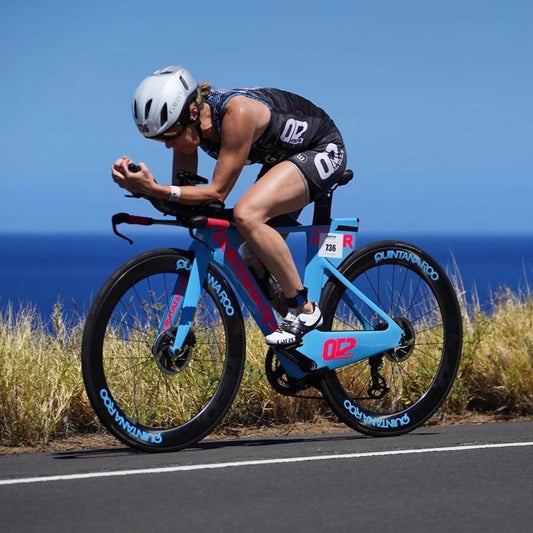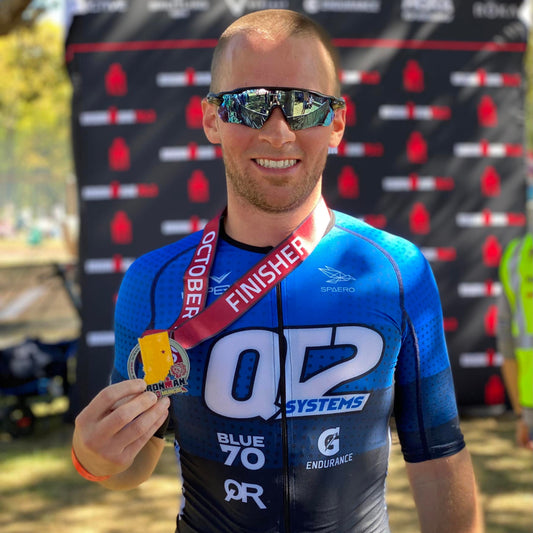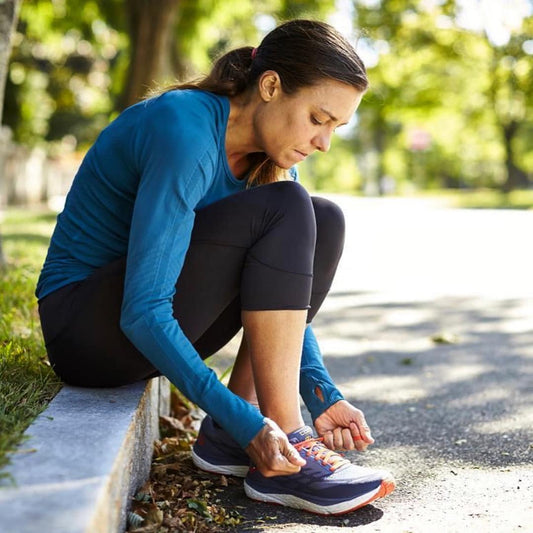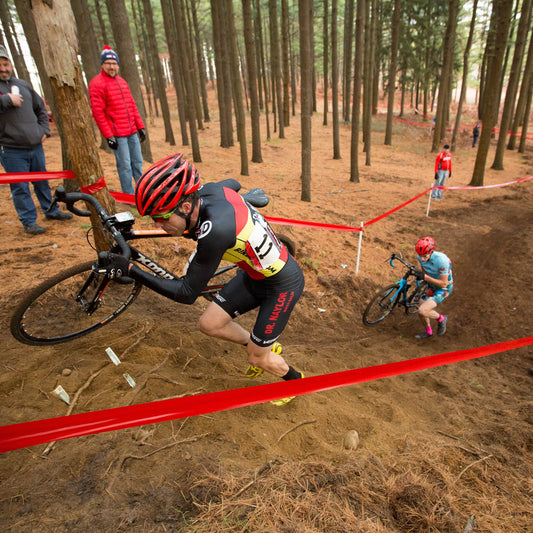In order to swim, you must have the mental and physical capabilities to perform an elaborate physics experiment. No other sport, requires such a high demand of physical suppleness and awareness to engage properly with the environment to propel ones self forward. In cycling, you engage with the bike at 5 spots. This physical engagement propels you forward. In running, there are two points of contact with the solid earth, which through physical engagement will propel you forward. In swimming, we have the challenge of being face down in the water, trying to grab this liquid substance with a hand, with the goal of moving the body forward. What we often don’t realize is that the body moves past the hand and arm. Upon entry the catch is initialized, at this moment the hand and arm are now stationary in the water. The next process is what separates the efficient swimmer from the inefficient swimmer.
I want to step back from a focus on the entry and catch in the swim stroke. I find too many triathletes get focused on this skill set before establishing proper body vessel technique. The reason the catch focus should come after the hip and body focus, is since you need a proper rotation in order to catch properly. You can’t catch the water properly, if you aren’t rotated to one side. If you focus on catching water, with a squared up shoulder to the wall you are swimming towards, you are defeating yourself. I try to get my athletes to envision cross country skiing. You plant the ski pole into the snow, it doesn’t move, but instead YOU have to move past it. You engage huge muscles groups to do so. This should be the same visualization in the water. You plant the pole (your arm) into the water, and then YOU move past that pole (your arm). When you see a great swimmer, you will notice that their arm doesn’t move in the water. The arm stays planted in the water, and the body moves pass the arm.
The first step in establishing proper body vessel functioning is to gain balance in the water. When the body is not on its side, you have a large surface area on the water that provides balance. Once you rotate to your side, the surface are facing the bottom of the pool diminishes. This causes you to lose balance. When you lose balance on land, two major things happen. First, you push your arm out to possibly break your fall. You also will move the legs wider, also in an effort to steady yourself and stop from falling to the ground. These two things happen in the water. An athlete with poor balance in the pool, will push down on the water, and scissor kick (spread the legs wide). In order to maintain balance in the water, you must focus on the T. The T, is an imaginary line that goes from shoulder to shoulder, then a line from the chin, down across the sternum to the bellybutton. By focusing tension on the T upon rotation you will make the vessel more rigid. You are already in a liquid environment, so might as well make something more rigid than water to steady yourself. This tension should travel into the pelvic area, and the glutes. So upon breathing, try to focus on contracting the bellybutton towards the spine, and tightening up the glutes. There should be an imaginary rod that goes straight through your backbone from tailbone to head. You rotate on this rod. This rod must be rigid. So it is your job to activate the torso, core and glutes to maintain this rigidity. Switch drills with fins are great ways to start this process of focus. 6/1/6, which is a drill in which you kick on one side of the body 6 times, then take one stroke to get to the other side. Once there, you kick 6 more times, then stroke again to get back to the original side you started on. This would continue for a 100 or more. Then you can add more switches. 6/3/6, so three strokes between kicks. 4/3/4, which now starts to speed things up a bit in terms of taking more switches with regards to kicks. The focus of these drills is to engrain a fluid, rigid rotation of the body. Lose the fins, in order to really drive home the point.
I do like to take away crutches when coaching technique from the pool deck. One of the most obvious crutches in swimming is the arm. So swimming with no arms, or just one, will force you to engage other muscles groups to move forward. UNCO 100’s are fantastic for this type of drill. UNCO stands for uncoordinated. So yes, you will feel extremely uncoordinated during this drill but this is the purpose. Since you will feel uncoordinated in the water, you will adjust to a more coordinated state since you don’t have a choice! Using fins for this drill is a must at first. The first 25 of the 100, is corpse kicking. So you swim the length of the pool with your arms at your side rotating the body in order to breathe while you kick. You should be able to swim without arms. You will struggle greatly at first, but what you are doing is engaging large muscle groups to swim, since you don’t have any arms to use. This will turn on, and fire up muscles otherwise not engaged with the use of arms to function in a swimming motion. The next 25 is where you would introduce one arm. So now you swim a 25 with the right arm, and left is at your side. You continue to rotate and kick like you were swimming but with just one arm. This will start to tie in the larger muscles groups to the motion of the arm. The next 25 is with the left arm, and the right arm is at your side. The final 25 is swimming as you would normally. After a few UNCO 100’s, you will have a whole new stroke that engages the body from head to toe.
The power of the UNCO drill is that it starts to introduce the feeling of a hip driven stroke. The hips and shoulders should work as one unit, but the hip initiates this movement. The swim stroke originates in the lower body. The kick is the spark for the hip to start the rotation as it travels up the body to the shoulders. You should be showing your bellybutton to the sidewalls of the pool upon rotation. That is the amount of rotation you should be going for. Ultimately what the hips do, the shoulder and arm will follow suit.
Finding balance and rotation in the swim stroke are essential first steps in working on technique. Hips don’t lie, so what you do with them will always set up the foundations for a great swim stroke. You can only start to focus on the catch, once the hip and body rotation is well engrained in your motion through the water. Having the challenge of grabbing a liquid substance, and moving a solid substance through it just with the hand and inside of the forearm is physics nightmare. By using the large muscle groups of the body, to move through the water (just like you use your body in cross country skiing) will start to establish a more efficient and powerful swim stroke. Focus first on the body vessel, then the arms. They just hold the water for you, as you propel through the water. Work on that body propulsion first, and the catch will take care of itself over time.
This post was written by QT2 Level 3 Coach, Vinny Johnson.





